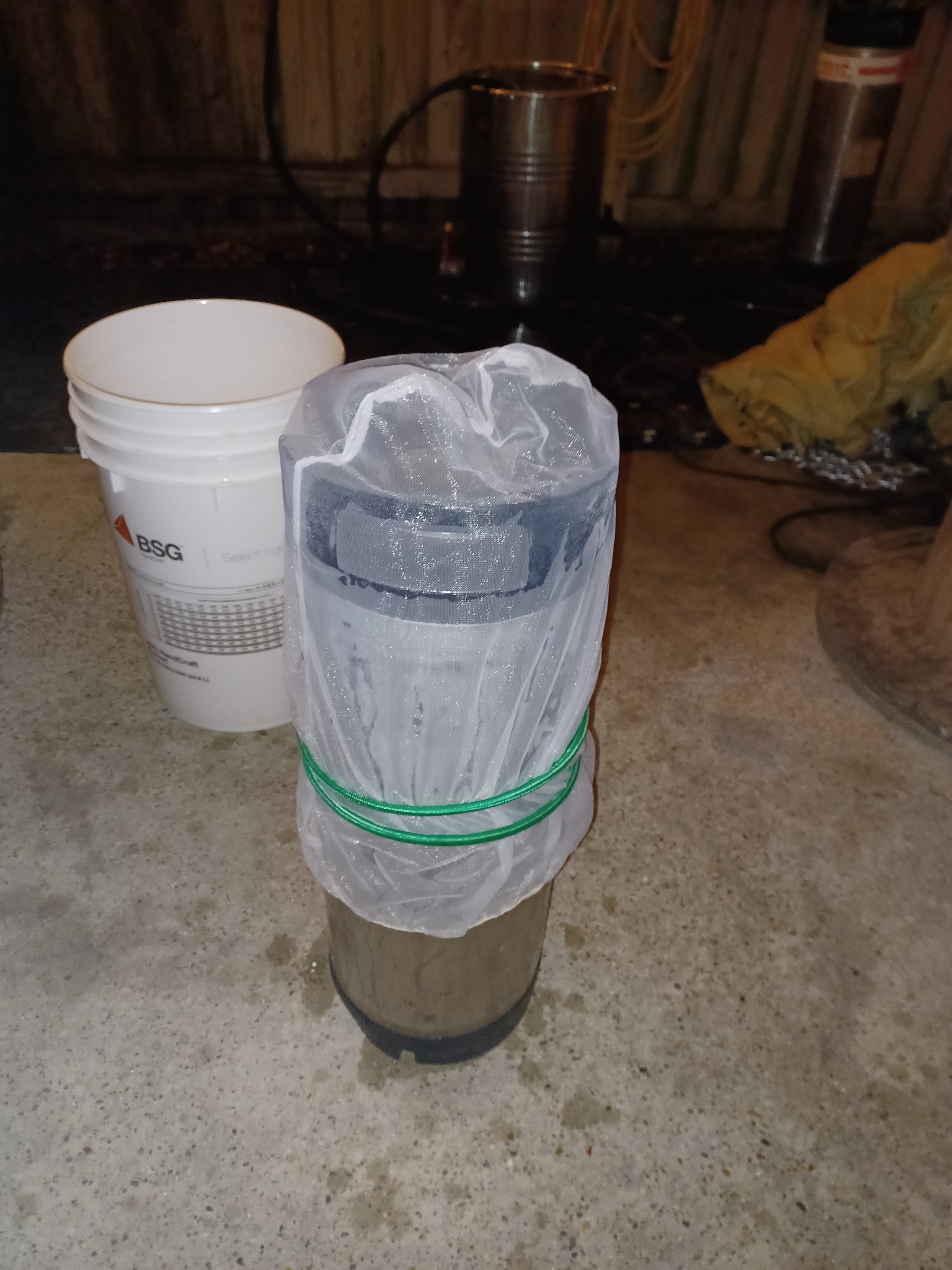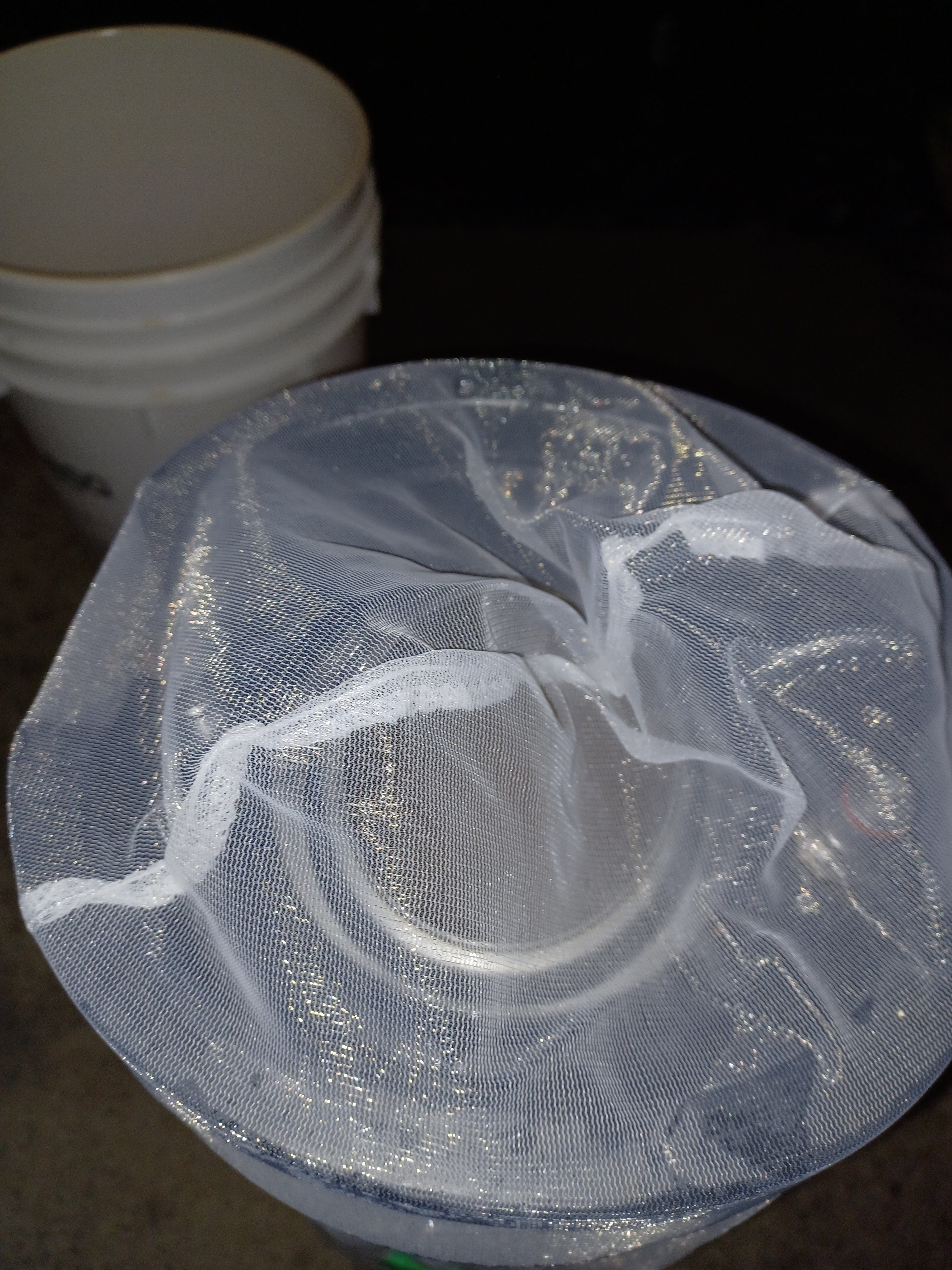There's been plenty of discussion regarding open fermentation's effect on ester expression across any style that benefits from pushed esters. It's been way more popular lately to talk about pressure fermenting to have the opposite effect (ester suppression). Anyway, one thing I didn't find was any experimentation on fermenting under a vacuum to even further accentuate ester expression. I'm in the middle of a comparison between a standard ferment with a tall fermenter and a blow off tube submerged in about 10" of water depth and a somewhat open ferment using a foam stopping in a "wide" fermenter. This is day 5 and planning to swap the foam stopper "open ferment" one over to a closed lid and a healthy long CO2 purge. Note that the full fermenter is a 3 gallon and the more empty one is a 7 gallon. The beer volume is the same, 2.75 gallons.

While I expect a noticeable difference in banana esters between these, I am more intrigued by the idea of holding a partial vacuum to make it go even further. I actually just got a vacuum pump for a different project and I thought of maybe trying it by pulling a vacuum on an empty half barrel sanke keg on a cycle time to maintain the vac. The one thing I'm trying to figure out is if there's a way to use a blowtie or pressure regulator to meter the vacuum. I'm so used to thinking about pressure that I'm blanking out on how vacuum behaves.

While I expect a noticeable difference in banana esters between these, I am more intrigued by the idea of holding a partial vacuum to make it go even further. I actually just got a vacuum pump for a different project and I thought of maybe trying it by pulling a vacuum on an empty half barrel sanke keg on a cycle time to maintain the vac. The one thing I'm trying to figure out is if there's a way to use a blowtie or pressure regulator to meter the vacuum. I'm so used to thinking about pressure that I'm blanking out on how vacuum behaves.





